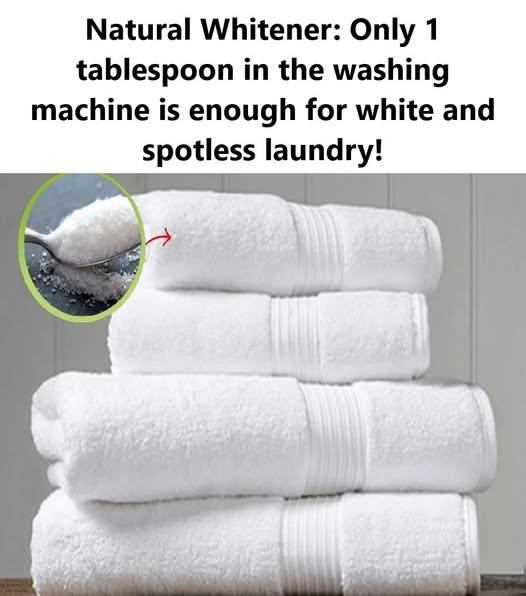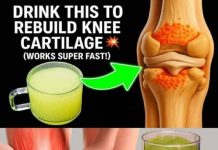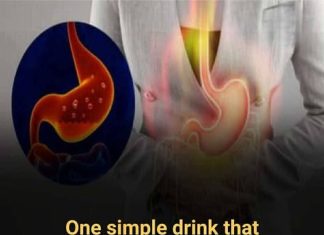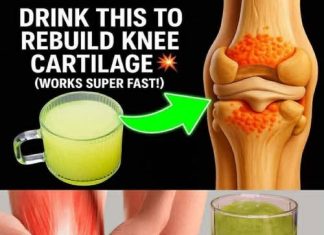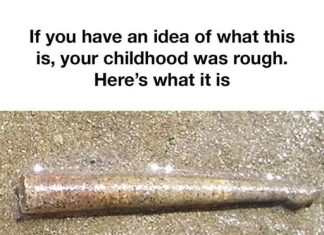Keeping your laundry crisp, clean, and brilliantly white doesn’t have to rely on harsh chemicals. Embracing eco-friendly methods not only protects your fabrics but also helps preserve the environment. Let’s explore effective natural alternatives that boost whiteness.
1. Baking Soda: A Gentle, Natural Whitener
Baking soda (sodium bicarbonate) is a mild yet powerful household staple known for its cleaning and deodorizing capabilities. By adding approximately ½ cup into your wash along with your usual detergent, baking soda softens hard water and helps dissolve dirt and grime. This dual action prevents residue buildup and brings out a naturally brighter, fresher appearance in white clothing—without the toughness of bleach.
2. Vinegar: The Natural Softener That Whitens
White vinegar is a smart, eco-sensitive way to condition fabric and preserve brightness. It effectively removes leftover detergent buildup that often dulls fabric. Using ½ cup of vinegar in the rinse cycle ensures soap and mineral deposits are washed away, leaving fibers smoother and brighter. On top of the whitening benefit, clothes feel softer and gentler on your skin.
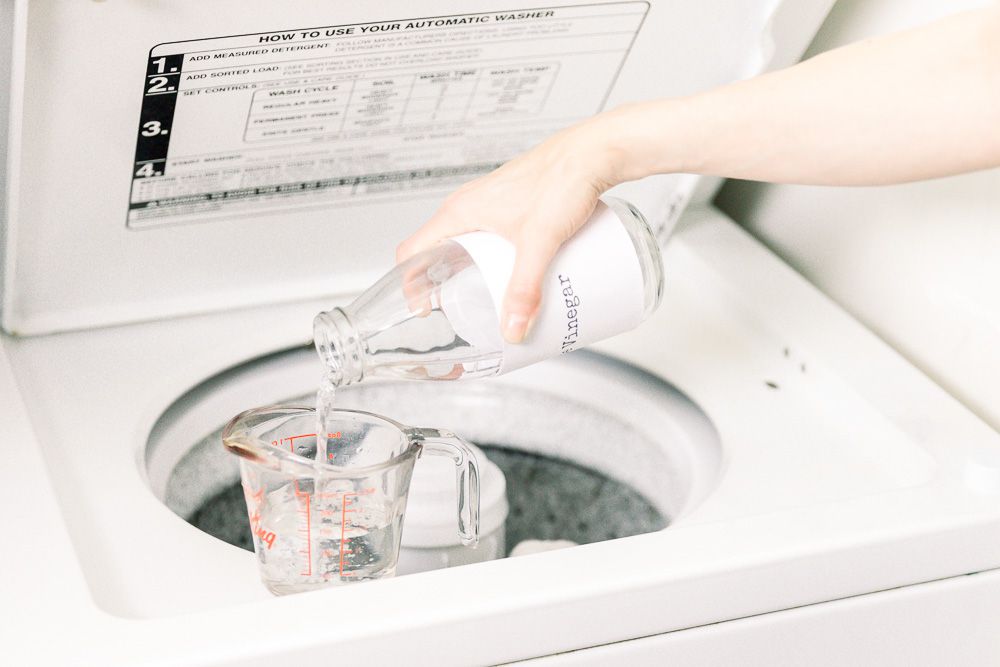
3. Hydrogen Peroxide: Safe Bleaching Without Chlorine
Hydrogen peroxide is a mild bleaching agent that gives clothes brightness without the harmful effects associated with chlorine bleach. As it releases oxygen during the wash, it breaks stains apart, lifting them from fabric fibers. Add around ½ cup to your machine’s detergent compartment—making sure to dilute cautiously. Too concentrated use can weaken fibers over time, so moderation is key for long-term fabric health.
4. Lemon Juice: Brightness Plus a Fresh Citrus Aroma
Lemon juice, rich in citric acid, acts as a natural bleach that brightens white fabrics and removes light stains. Using ½ cup in your wash not only enhances whiteness but imbues garments with a fresh citrus scent. The subtle fragrance is refreshing and clean—making your laundry smell as good as it looks.
5. Sunlight: Nature’s Brightest Whitening Agent
Sunlight is one of the oldest, most natural ways to bleach and brighten fabrics. The ultraviolet (UV) rays gently lighten stains and freshen garments as they dry. After washing, hang white clothes out to air-dry under direct sun—this environmentally-friendly method reduces energy use and gives a crisp brightness that’s hard to beat. Just be cautious of prolonged exposure, which can eventually cause fading or weakening fibers.
6. Percarbonate (Sodium Percarbonate): A Chlorine-Free Power Booster
Sodium percarbonate is a powerful eco-friendly substitute for chlorine bleach—when mixed with water, it releases hydrogen peroxide safely. Create a soak by dissolving 1 to 2 tablespoons in warm water, then let your whites soak before washing. This pretreatment helps lift stains and brighten fabric without harsh chemicals—preserving both garment integrity and environmental health.
Putting It All Together: Suggested Routine for Brighter, Eco-Friendly Whites
Pre-Soak Stage (optional): If fabrics are heavily stained, dissolve percarbonate in warm water and let them soak for 20–30 minutes.
Wash Phase:
- Add your regular detergent.
- Include ½ cup baking soda to boost cleaning power.
- Add ½ cup lemon juice to brighten fabric and add freshness.
Rinse Phase:
- Use ½ cup white vinegar to remove residue, soften fibers, and enhance brightness.
Drying:
- Line-dry in direct sunlight, allowing UV rays to naturally brighten whites.
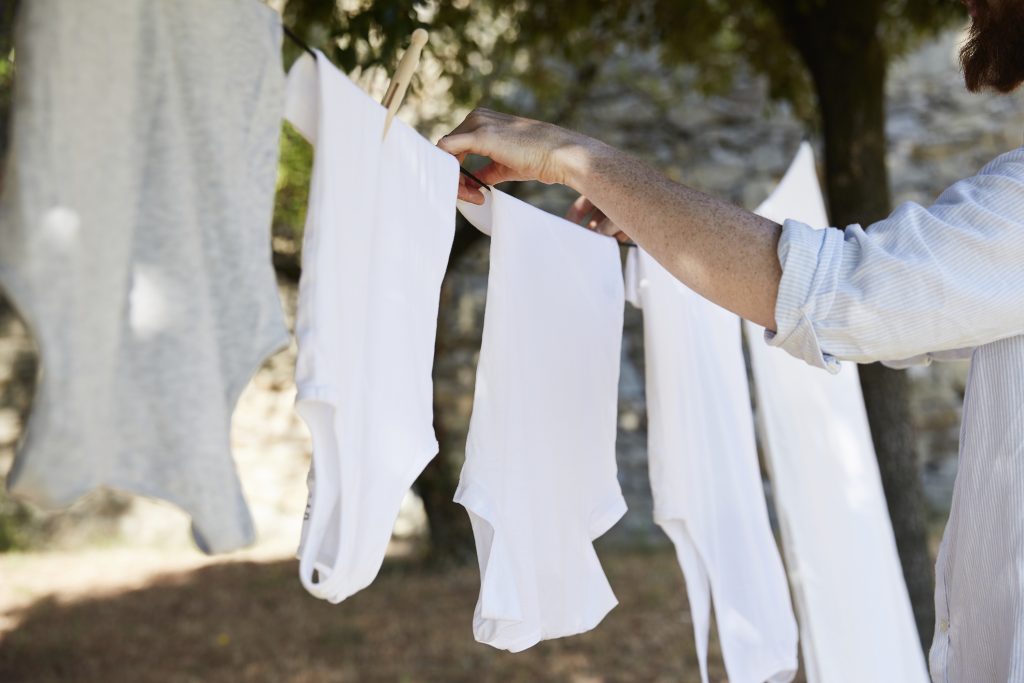
Benefits of These Natural Alternatives
- Eco-Conscious: These methods reduce reliance on chlorine bleach and synthetic chemicals, promoting sustainability and minimizing water pollution.
- Gentle on Fabrics: Harsh chemicals can weaken fibers over time; these natural options help fabrics stay intact and soft.
- Cost-Effective and Everyday-Friendly: Baking soda, vinegar, hydrogen peroxide, lemon juice, and sunlight are affordable, easy to find, and multipurpose.
- Extra Freshness: Lemon juice and sunlight add natural fragrance and freshness—no fabric softener needed.
Conclusion
By integrating these six natural whitening strategies into your laundry routine, you’ll achieve cleaner, brighter whites while being kind to both your clothes and the planet. Let me know if you’d like similar guidance for colored clothing care or stain-removal techniques!

